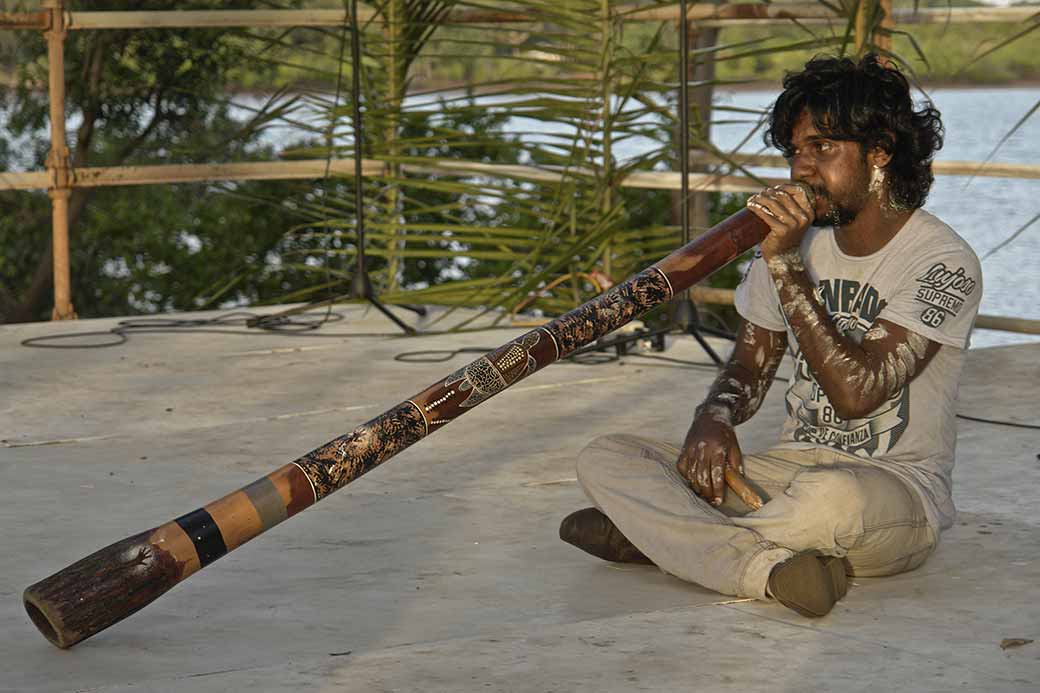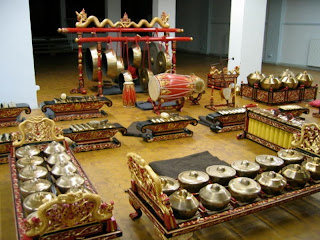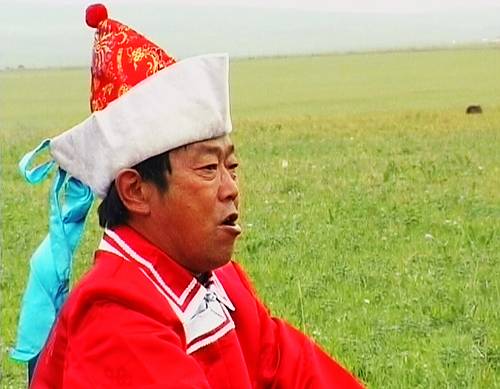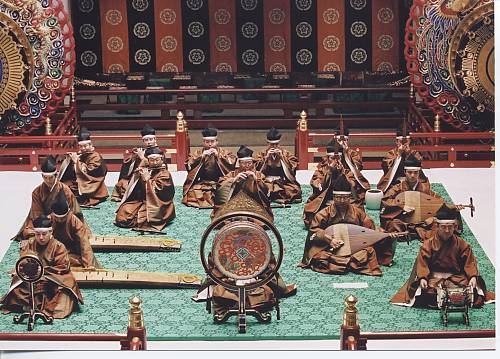Continuamos nuestro viaje por las músicas del mundo. Vamos a retomarlo justo donde lo dejamos: la música de Asia y Oceanía. Esta primera parte que vamos a ver durante esta semana ya la vimos en clase, pero seguro que nos viene bien repasarla. ¡Vamos allá!
1. In Asian countries, there are instruments, sounds and rhythms that are different from ours. Here you have some examples.
INDIA
¿Qué os parece? ¿Recordáis ese instrumento que parece un guitarra y que vimos en clase? Sí es el sitar, un instrumento muy conocido en India, tanto como aquí lo es la guitarra.
INDOCHINA
(Conjunto de varios países: Vietnam, Tailandia, Camboya...)
(Conjunto de varios países: Vietnam, Tailandia, Camboya...)
Curioso, ¿verdad? ¿Os habéis fijado que en el grupo de músicos hay instrumentos de cuerda, viento y percusión? Lo que hace la danzante parece sencillo, pero tener ese equilibrio no creo que sea nada fácil.
CHINA
¡Aquí sí que tenéis instrumentos! Es un concierto para celebrar el año nuevo chino que se celebró aquí en España.
Pues bien ya habéis visto 3 pequeños ejemplos de músicas de diferentes lugares de Asia que os han podido dar una idea de cómo es más o menos la música tradicional que se hace en esos países (aunque por supuesto hay muchos más). ¿Cuál te ha gustado más o cuál te ha parecido más curiosa y por qué? Puedes contestar dejando un comentario en el post.
2. Os propongo un pequeño reto para acabar. Ya habéis visto qué instrumentos tan raros usan. En realidad, aunque parezcan muy diferentes a los nuestros, siempre tienen cosas en común que nos recuerdan a algún otro instrumento que ya conocemos. Pero no sólo sus instrumentos son diferentes, también sus cantos y su forma de cantar. Escucha los audios de esta actividad, después intenta unir cada uno arrastrándolo hasta la imagen que crees que le corresponde.
To learn more...
Para aprender más...
Didjeridoo (Australia): this ancient instrument originates from the Australian aborigines. They were built from eucalyptus trunks that had been hallowed out by termites.

Gamelan (Indonesia): gamelans are music groups formed by, above all, metallophones and gongs, although they can include other instruments.

The Sitar (India): is one of the most popular instruments in India. The sitar's sound box is made from a dried gourd and the glue used is of vegetable origin.

Dungchen horns (Tibet): the buddhist monks plays the dungchen horns in the mountains of Tibet. They are built in sections, for this reason they can be folded up when not in use, like a telescope.

Khoomei throat singing (Mongolia): khoomei thoat singing is a very deep where the person emits two sounds at the same time.

Gagaku (Japan): this means elegant music. It was played in the Imperial court of Japan with traditional string, wind and percussion instruments.

Maori haka dances (New Zeland): the warrior dances that the Maori indians dance in order to impress and frighten their enemies. They make brusque body movements and pull terrifying faces.

Demoramos mucho. Pero lo logramos. 😊
ResponderEliminarNunca es tarde si la dicha es buena.
Eliminar